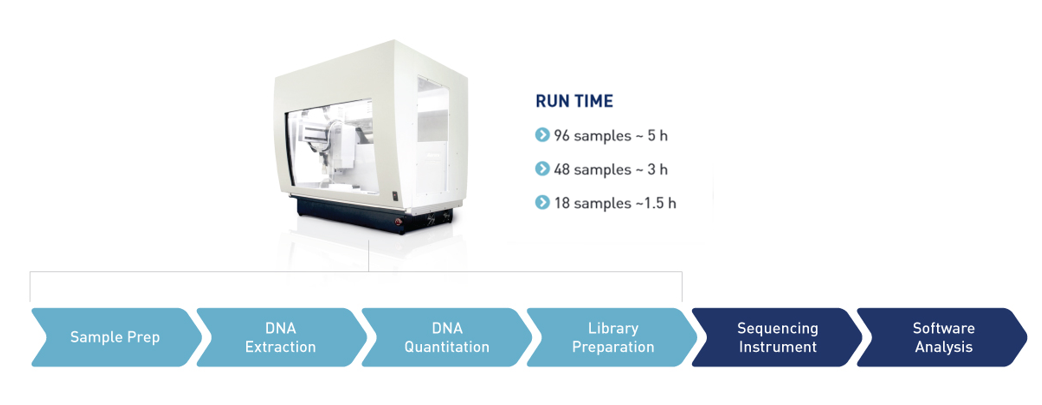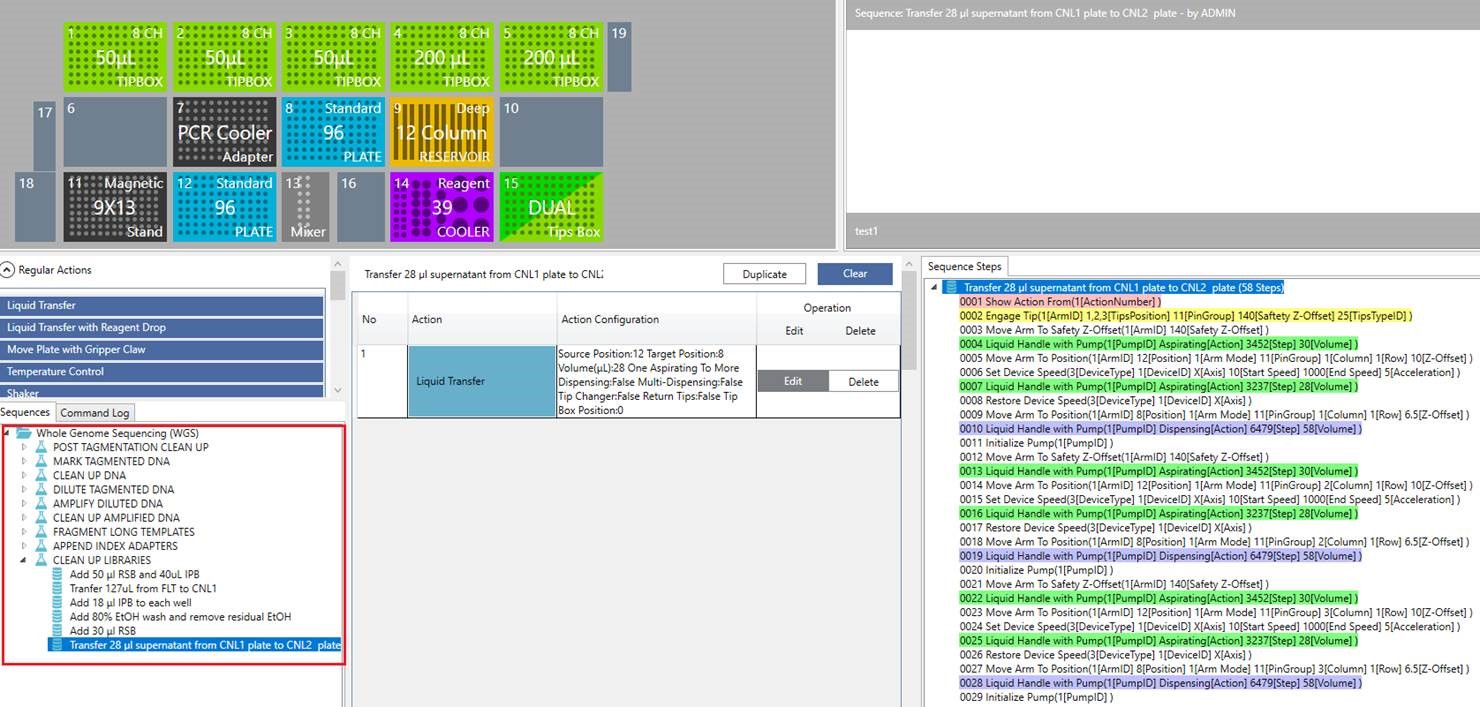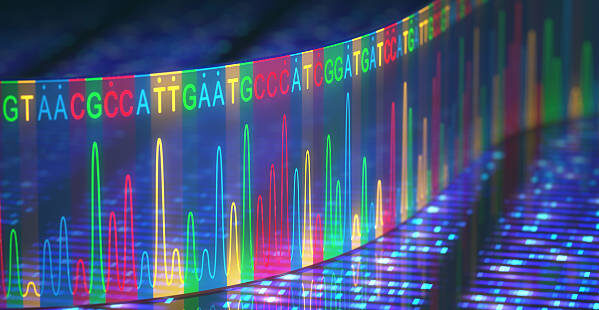In the fast-paced world of genomics, advancements in technology have led to exceptional growth in sequencing capabilities. Next-Generation Sequencing (NGS) and Whole Genome Sequencing (WGS) have become integral tools in unraveling the mysteries of genetics, enabling breakthroughs in Precision Medicine, agriculture, and evolutionary studies. However, the increasing complexity and scale of sequencing projects demand innovative solutions to enhance efficiency and accuracy. Enter the VERSA Series Automation, an innovative system that promises to streamline and elevate the entire sequencing process.
NGS Breaks Barriers in Legal Proceedings
NGS and WGS have played pivotal roles in deciphering the genetic code and understanding the complexities of life. Breaking new ground in forensic science, the judicial system has embraced NGS as admissible evidence, marking a monumental milestone in the convergence of cutting-edge technology and legal proceedings. In a landmark decision, NGS, a powerful genetic analysis tool, has been officially recognized and accepted in courtrooms solving Two Murders crimes, paving the way for unprecedented advancements in criminal investigations and the pursuit of justice.
As the demand for sequencing continues to rise, laboratories and research facilities are faced with the challenge of handling larger sample volumes, reducing turnaround times, and maintaining data integrity. The VERSA Series Automated liquid handlers address these challenges head-on, offering a comprehensive solution to optimize the sequencing workflow.
NGS:
- Library Preparation:
- DNA or RNA is extracted from the sample of interest.
- The DNA or RNA is fragmented into smaller pieces.
- Adapters are added to the ends of these fragments, creating a library of DNA fragments ready for sequencing.
- Cluster Generation:
- The prepared library is amplified and attached to a solid surface, creating clusters of identical DNA fragments.
- Sequencing:
- The clusters undergo sequencing-by-synthesis, where nucleotides are added to the growing DNA strands and fluorescence signals are detected for each incorporation.
- Data Processing:
- The raw sequencing data is generated in the form of sequence reads.
- The reads are aligned to a reference genome, and bioinformatics tools are used for data processing and quality control.
- Variant Calling:
- Variants such as single nucleotide polymorphisms (SNPs) and insertions/deletions are identified by comparing the sequenced data to a reference genome.
- Annotation and Interpretation:
- The identified variants are annotated to understand their functional significance.
- The results are interpreted in the context of the research or clinical goals.

Figure1: Overview of Steps in NGS/WGS sample prep automation
WGS:
- Sample Collection and DNA Extraction:
- High-quality genomic DNA is extracted from the biological sample (e.g., blood, tissue).
- Library Preparation:
- Similar to NGS, the DNA is fragmented, and adapters are added to create a library of fragments.
- Sequencing:
- The entire genome is sequenced, capturing both coding and non-coding regions.
- Various NGS platforms can be used for WGS, and the choice may depend on factors like read length, accuracy, and cost.
- Data Processing:
- Raw sequencing data is processed to remove artifacts and low-quality reads.
- The processed reads are aligned to a reference genome.
- Variant Calling and Structural Variations:
- Variants, including SNPs and structural variations, are identified by comparing the sequenced data to a reference genome.
- Annotation and Interpretation:
- Variants are annotated for functional significance.
- The results are interpreted in the context of the research or clinical objectives, considering both rare and common variants.
- Integration with Downstream Analyses:
- WGS data can be integrated with other omics data or functional studies to gain a comprehensive understanding of the genome.
Both NGS and WGS involve advanced bioinformatics analysis to handle large datasets and extract meaningful biological insights. These technologies have diverse applications in research, clinical diagnostics, and Precision Medicine.
Automation platform: VERSA1100-NGS workstation

The VERSA deck layout includes the following modules
- 8 channel pipette head with single channel functionality with integrated plate gripper
- Magnetic stand
- Heater-shaker (4°C-90°C)
- Bead vortex: to keep magnetic beads in suspension
- HEPA Filtered Hood with UV fluorescent light
- Slot for 20 µl, 200 µl and 1000 µl pipette tip boxes
- Reagent block cooler with 39 positions cooler: For storing buffers, reagents and enzymes at 4°C. It contains 16 places for 0.2mL, 12 for 0.5mL, 5 for 1.5mL and 6 for 5-7mL
- 8-well special reservoir
- Five or eight-channel ReagentDrop cluster for bulk reagent dispensing
The VERSA1100 workstation is powered by the user-friendly VERSAware software, which features a deck layout that allows users to select plate types from a library of existing labware. Software scripts can be created or modified using a drag-and-drop feature from the library of action-based commands. These features make it easy for users to create and modify scripts as needed. However, for Verogen’s ForenSeq kits workflows that are already pre-programmed, no modifications are needed. The pre-programmed workflows are designed to work seamlessly with the VERSA1100 platform and can be easily accessed through the software interface.
Commercial kits of NGS automated on VERSA:
- Illumina technology: – The System developed by Illumina with MiSeq technology (NGS system) is known as Illumina MiSeq FGx Forensic Genomic system. Kits developed by Illumina technology compatible with MiSeq instruments, can be easily automated and validated on the VERSA liquid handing workstation.
- Verogen Technology: – System develop by Illumina with MiSeq technology (NGS system) is known as Illumina MiSeq FGx Forensic Genomic system. Compatible with this system, Verogen has developed the below mentioned kits which can be easily automated and validated on VERSA liquid handing workstation.
- ForenSeq DNA Signature Prep kit
- ForenSeq Kintelligence Kit
- ForenSeq MainSTAY kit
- ForenSeq mtDNA Whole Genome kit
- Promega technology: – The kits developed by Promega technology compatible with MiSeq instruments, can be easily automated and validated on the VERSA liquid handing workstation.



